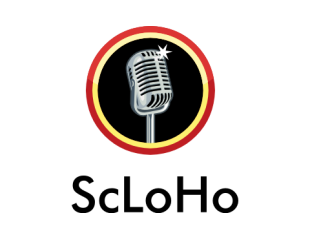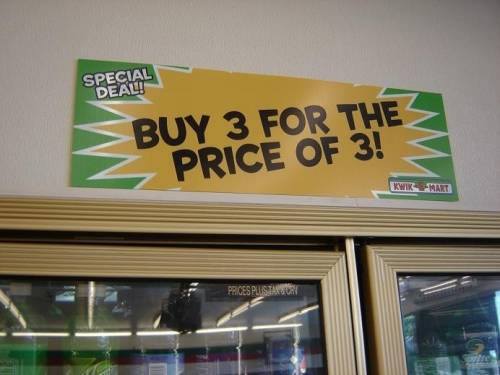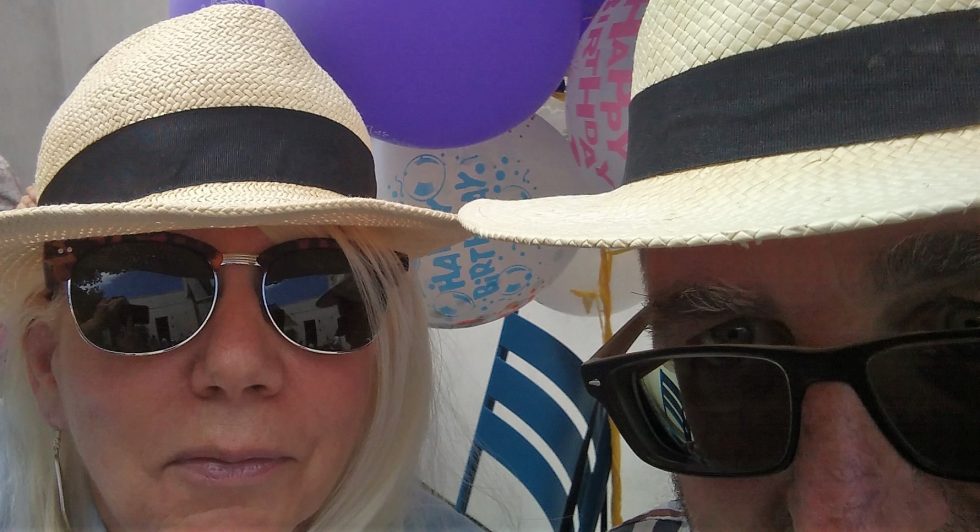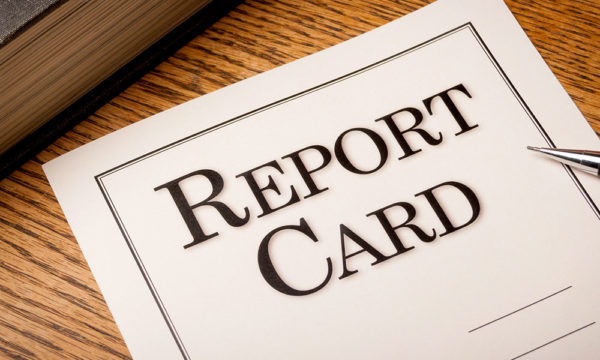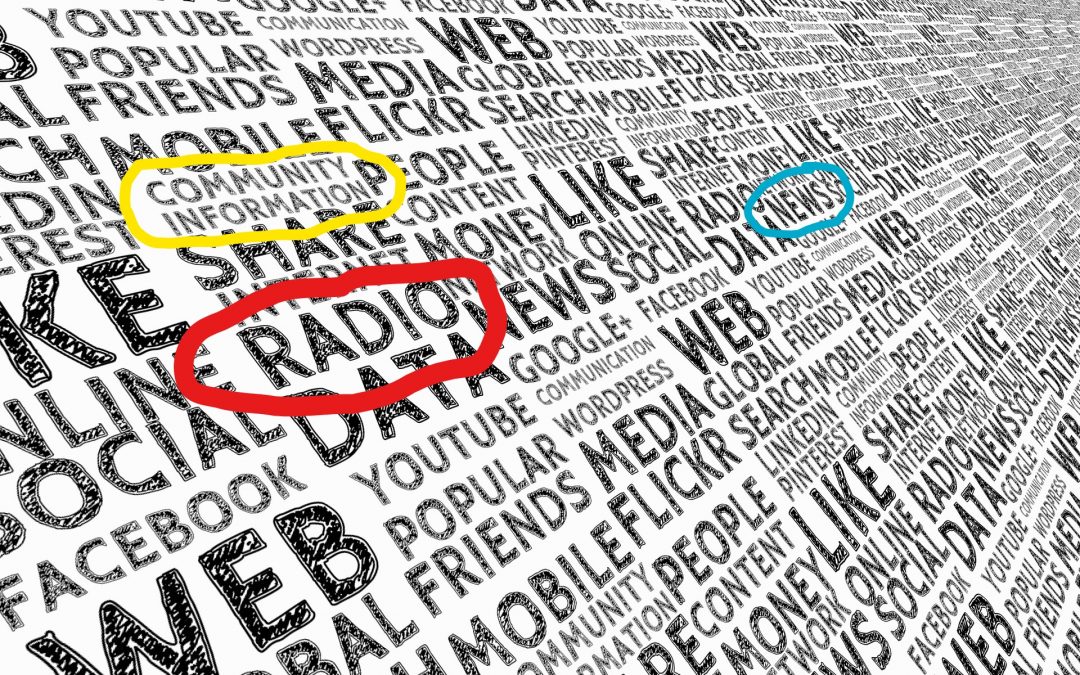
Create A Personal Brand Preference with Radio
One of the questions I sometimes get when people learn I work for a radio station is, “Do People Still Listen To The Radio?”
And those are honest, sincere people, not being sarcastic.
I can honestly tell them and you, “Yes.”
The day this article and podcast goes live, March 31, 2025 is the official 100th birthday of my main radio station, WOWO, which officially launched as an AM radio station in Fort Wayne, Indiana.
WOWO still has a home on AM at 1190 along with 92.3FM, 107.5FM which is a low power FM signal along with an HD option at 97.3 FM HD2.
WOWO is one of over 20 local radio stations in Fort Wayne.
Besides listening to WOWO and other stations on a traditional radio frequency, nearly all traditional AM and FM stations can also be listened to online. There are apps that you can download, station websites that you can listen to, or do what my wife and I do at home and listen over smart speakers. In our family room and kitchen we have Alexa, in my home office I have Google’s smart speaker system that I use.
Every vehicle that I’m aware of has access to FM radio, most also have access to AM too.
The one challenge is finding a traditional portable radio, but I’ve bought one from Amazon, my wife has a couple too. Trying to find one at a big box store like Walmart is challenging but they still sell them at Best Buy.
Radio Stations are still around, but does anyone listen anymore?
For this question, I dug into my Nielsen data that I have access to and here’s some numbers:
In Metro Fort Wayne there are 438,000 adults age 18 and older. over 304,000 people listen to the radio weekly. That’s 70%.
I narrowed the demographics to the youngest group, ages 18 to 34 and 53% listen in Fort Wayne.
However 76% of adults age 35 and older listen to radio in Fort Wayne.
That 35 year old threshold is what I call the beginning of being a true grown-up. Between 18 and our mid 30’s, we’re still transitioning from college and party life, looking for fun and adventure and we’re just getting started earning some serious money in our late 30’s and early 40’s. We start making grown-up decisions and having busy family lives after we reach our mid 30’s and later.
Those people are still the primary radio listeners and quite frankly I’m not sure what the future will be in say, 15 or 20 years. Will those younger turn to traditional radio? We’ll have to wait and see as I’ve been doing for a long time. See the demise of radio was predicted 25 years ago and yet it’s still here and a viable place to advertise and build brand awareness for your company.
A couple weeks ago, Westwood One published a story titled:
The Business Case for AM/FM Radio Advertising: Be Known Before You’re Needed
You can click on the headline link to read the whole article, however here are the highlights:
- Media plans with AM/FM radio have +28% greater market share than brands that do not use AM/FM radio
- Advertisers using AM/FM radio have +42% greater profit than brands that do not use AM/FM radio
But radio works best for long term Return On Investment. The article includes a story:
How advertising really works: Steve’s Pest Control of Columbia, Missouri used AM/FM radio to build a huge business
1,095 miles to the west of New York City lies Columbia, Missouri, the home of Steve’s Pest Control, “Missouri’s number one choice for pest control.”
Steve’s Pest Control knows what Madison Avenue has forgotten. To generate substantial sales and profit, a business needs to create future demand rather than obsess over short term metrics and only focus on converting existing demand.
Steve Hotsenpiller and his wife Anita started their business over three decades ago with one truck. They bought ads on a small radio station.
Each year, they devoted about 8.5% of their revenues to advertising. As they grew, they bought ads on more radio stations and soon became one of the largest advertisers on local radio.
Their ads are charming, funny, and entertaining. They usually end with the jingle that exclaims, “Now you’ve got a friend in the pest control business – Steve’s Pest Control!” Today, with over 90 trucks, Steve’s Pest Control is the undisputed leader in the pest control business.
As I review the businesses I’ve worked with in the radio business, some are brand new, while others are a few generations strong. If you’ve never done a radio campaign as part of your business marketing outreach, it’s time to start considering it.
